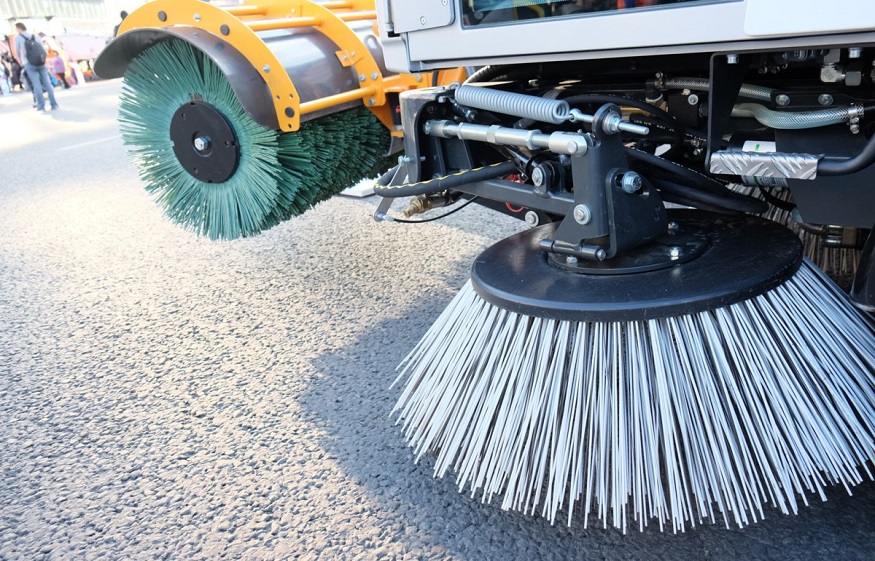Types of Street Cleaning Technologies (Sweepers)

Generally, there are three types of street sweeping technologies that are recognized within the street sweeper industry. However, others are also there but are not recognized but are as well useful. These renowned technologies can be identified as Mechanical Sweepers, Vacuum Sweepers, and Regenerative Air Sweepers. Each of them can have unique variations to the technology that is implemented by a sweeper manufacturer. An example of this would be the “high-efficiency” modification..
Mechanical Sweeper
The mechanical sweeper is probably the best in the market today. For example, significant municipalities such as Los Angeles, New York, and Chicago rely almost exclusively on mechanical sweepers. The main broom picks up the debris that is sent to a conveyor and ultimately lands in a hopper on how it works.
This high-class sweeper has many advantages, one of them being that it uses less fuel as it does not require high horsepower airflows. It is not sensitive to high street crowns or rough, damaged street surfaces. Able to remove larger and heavier debris than other technologies.
Pure vacuum
Operating like a giant vacuum cleaner, pure vacuum sweepers remove surface debris and deposit it into a debris hopper. The fan air is then exhausted out of the body. Using water in the hopper or at the side brooms helps prevent fine particles from being pulled through the vacuum fan and drained into the free air, reducing any dust generated by the broom motion.
It is outstanding as it provides the most efficient removal of material directly under the suction nozzles, typically resulting in up to 99% removal of all particles. Because pure vacuum sweepers only use energy in the suction direction, the pressure discharge side vents to the atmosphere.
Pure vacuum sweepers better serve roadways with inconsistencies, such as those with several potholes. Pure vacuum sweepers capture and keep more particulates out of the air on a typical rough and potholed highway. With an extended nozzle that can reach the curb, it is ideal for efficient street gutter cleaning.
Regenerative Air
Full-sized models use a blast of air the sweeping head’s width to dislodge and lift surface material into an airstream that moves the material across the sweeper into a vacuum hose, where it is lifted into the debris hopper.
In general recirculating mode, the amount of vacuum airflow is equal to the amount of pressurized airflow, causing the air to flow through a “regenerative loop continually.” Units frequently use a vacuum enhancer valve to limit the amount of air volume recirculated through the blast nozzle, causing air pressure under the sweeping head to move from balanced flow to vacuum. Increasing the comprehensive head’s vacuum level helps pick up litter, leaves, and other light debris.






